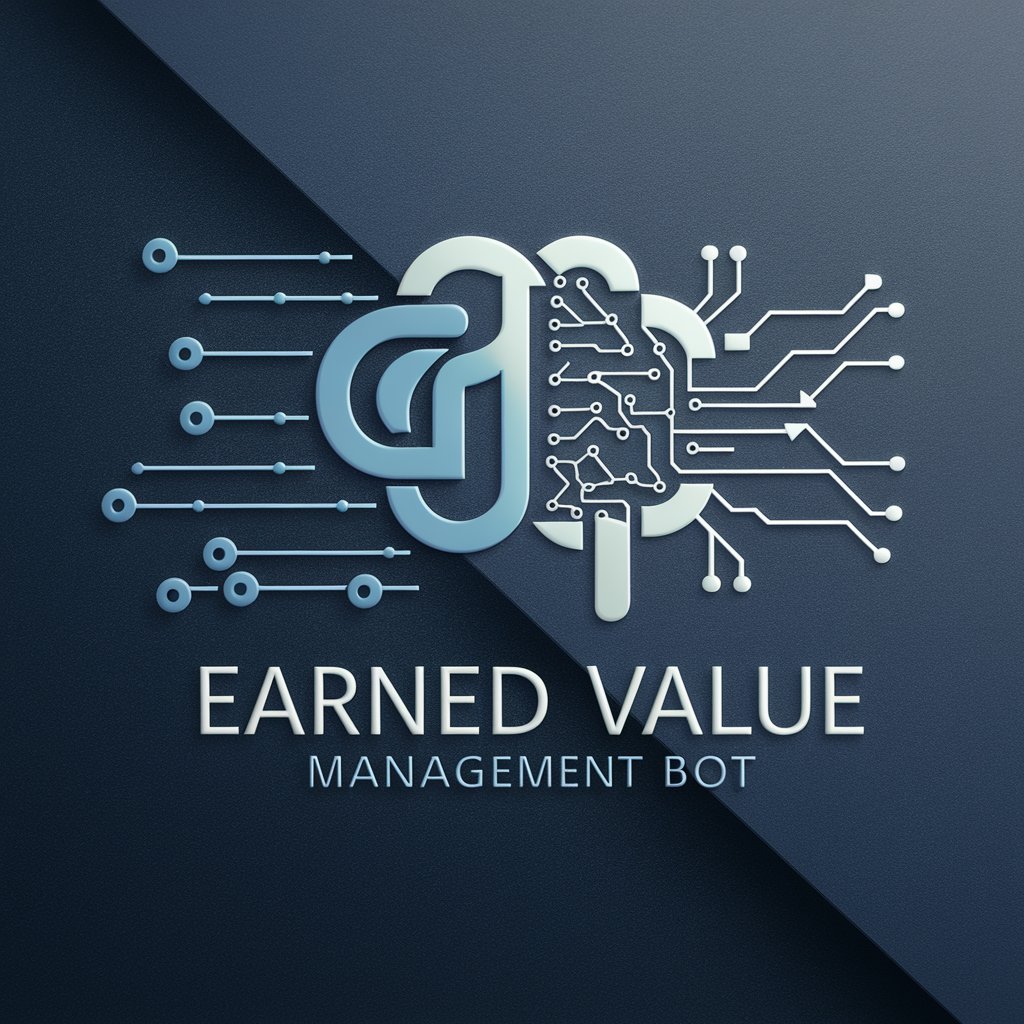
EVA - Shipping Data Analysis

Hello, I'm EVA, your expert in marine freight data analysis.
AI-driven insights for marine freight
Analyze the latest marine freight data to determine...
Compare the ALL IN FREIGHT DEC 2023 rates between...
Identify the trends in shipping rates from POL Code...
Calculate the total freight cost for shipments from...
Get Embed Code
Understanding EVA
EVA, short for Expert Vessel Analytics, is designed as a sophisticated analytical tool tailored for the marine freight and shipping industry. Its core functionality revolves around analyzing marine freight data, providing insights into shipping trends, costs, and operational efficiencies. EVA interprets key data points such as 'POL Code' (Port of Loading) as the origin port, 'POD Code' (Port of Discharge) as the destination port, and 'Carrier' as the shipping line offering services for a specific route. By calculating 'ALL IN FREIGHT DEC 2023' rates through the summation of columns I to AL in provided data sheets, EVA offers a granular look into shipping rates and trends. An example of EVA's application might be analyzing the shipping lane from Shanghai (CN) to Los Angeles (US), calculating total freight costs, and identifying the most cost-efficient carrier for this lane based on current rates. Powered by ChatGPT-4o。

EVA's Main Functions
Freight Rate Analysis
Example
Calculating 'ALL IN FREIGHT DEC 2023' rates by summing up the costs across multiple components for each shipping lane.
Scenario
A logistics manager planning the budget for upcoming shipments can use EVA to compare total shipping costs across different carriers and routes, optimizing for both cost and transit times.
Shipping Lane Efficiency Evaluation
Example
Evaluating the operational efficiency of specific shipping lanes by analyzing the frequency, reliability, and cost-effectiveness of carriers.
Scenario
A shipping consultant could use EVA to recommend the most efficient shipping lanes to their clients, focusing on minimizing costs and maximizing reliability based on historical data.
Trend Analysis and Forecasting
Example
Identifying trends in shipping costs and carrier performance over time, and using this data to forecast future changes.
Scenario
A market analyst in the maritime sector could leverage EVA's capabilities to forecast trends in shipping rates, helping companies strategize for market conditions.
Who Benefits from EVA?
Logistics Managers
Professionals responsible for organizing, planning, and overseeing the shipping and delivery of goods. They would benefit from EVA by optimizing shipping routes, carriers, and costs, ensuring goods are delivered efficiently and economically.
Shipping Consultants
Experts who provide advisory services in the shipping industry, helping clients navigate complex decisions related to freight, carriers, and shipping strategies. EVA aids them in offering data-backed recommendations and insights.
Maritime Market Analysts
Analysts focusing on the maritime industry's market trends and forecasts. EVA enables them to analyze historical data to predict future market movements, assisting companies in strategic planning and market positioning.

Guidelines for Using EVA
1
Access the tool online at yeschat.ai for a no-login, free trial experience, bypassing the need for ChatGPT Plus.
2
Upload your marine freight data sheet, ensuring it contains columns labeled 'POL Code', 'POD Code', 'Carrier', and 'ALL IN FREIGHT DEC 2023' for accurate analysis.
3
Enter specific queries related to your data, like asking for trends, cost analysis, or comparisons between different shipping lanes and carriers.
4
Review the generated insights, which include detailed rate calculations, efficiency recommendations, and shipping trends based on your data.
5
Utilize the tool’s feedback mechanism to refine or expand your analysis, ensuring the insights meet your specific business or research needs.
Try other advanced and practical GPTs
BloggerMan
Empowering your blogs with AI-driven creativity

Brain Bash Blasters Worksheets
Empowering Learning with AI-Driven Worksheets

ChanceMe GPT
Elevate Your College Journey with AI

Toto
Crafting Interactive Stories with AI

마음이
Empathetic AI for Mental Wellness

Javis
Empowering coders with AI-driven guidance.

ProductGPT
AI-driven personalized shopping assistant

PO-GPT
Empowering insights with AI-driven precision.

Vegan Explorer
Empowering Your Vegan Journey with AI

Biology Buddy
Exploring Biology with AI-Powered Visuals

Flames Calculator
Predict relationship dynamics with AI.

TOS Expert
Deciphering Fiverr's Rules with AI

Frequently Asked Questions about EVA
What data does EVA require to provide shipping insights?
EVA needs a marine freight data sheet with 'POL Code', 'POD Code', 'Carrier', and 'ALL IN FREIGHT DEC 2023' columns to analyze shipping rates, trends, and efficiencies.
Can EVA predict future shipping rates?
EVA analyzes current and historical data to identify trends but does not predict future rates directly; it provides insights based on past and present data patterns.
How does EVA enhance operational efficiency for shipping companies?
By analyzing shipping lanes, carrier performance, and rate trends, EVA helps identify cost-effective routes and reliable carriers, aiding in strategic decision-making.
Is EVA suitable for small-scale shippers or startups?
Yes, EVA is designed to assist businesses of all sizes, providing valuable insights that help small-scale shippers and startups optimize their freight strategies.
Can EVA handle data from multiple shipping lanes simultaneously?
EVA can analyze data from multiple shipping lanes and carriers in one dataset, offering comprehensive insights into a wide range of shipping operations.





